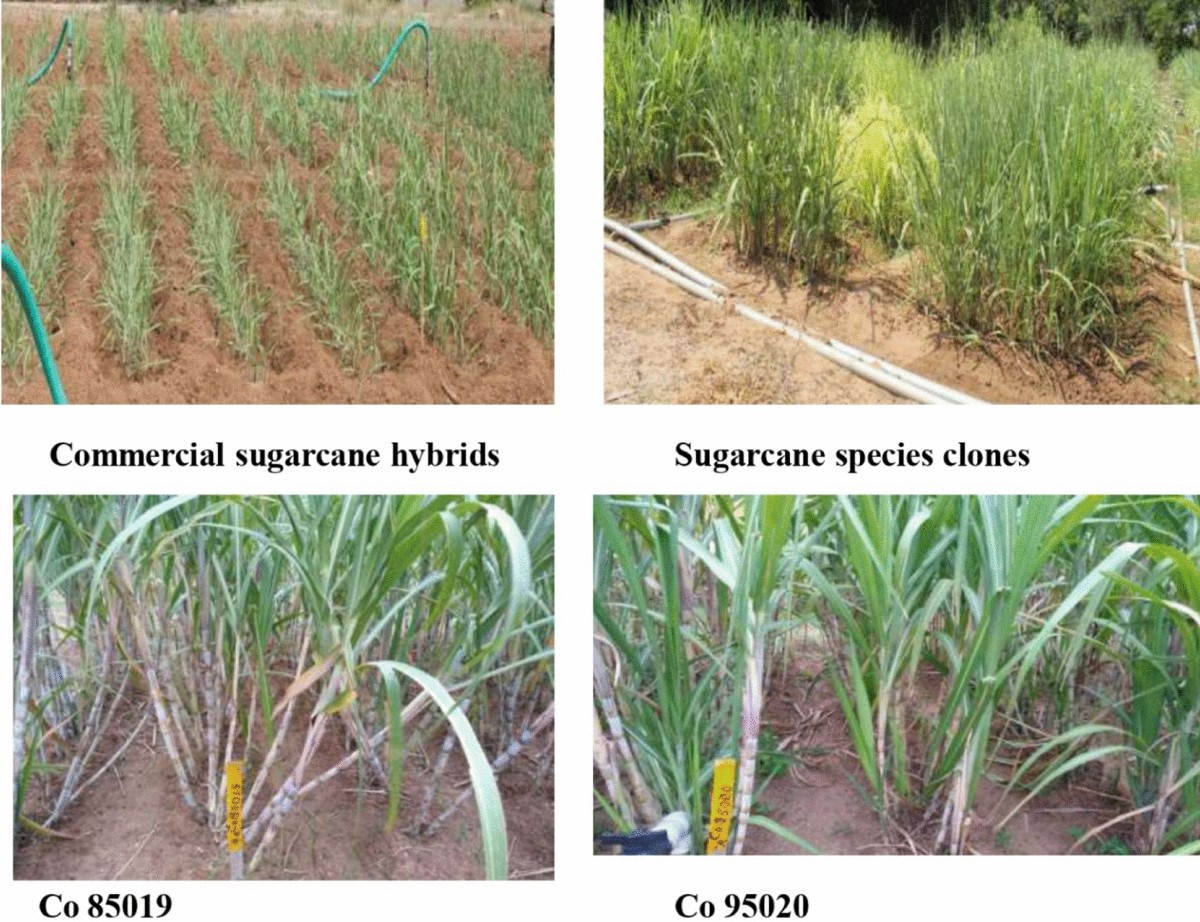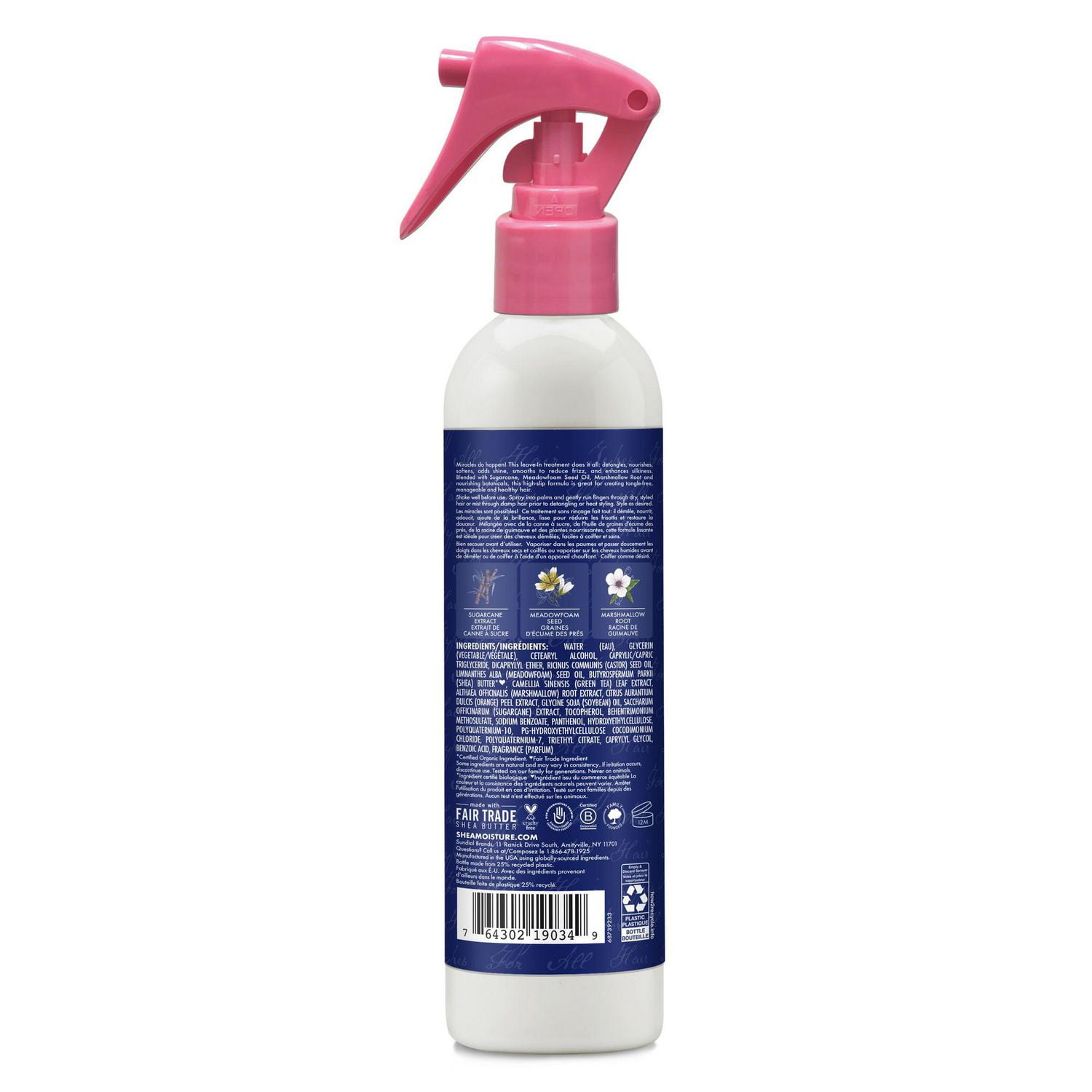Are Products From Sugarcane Truly Biodegradable?
Discover the Innovative Benefits of Products From Sugarcane for Sustainable Living
Sugarcane has actually emerged as an essential source in the quest for lasting living. Its diverse applications cover naturally degradable packaging, sustainable energy, and healthier food options. As markets seek environment-friendly choices, sugarcane's adaptability supplies promising options. However, real potential of sugarcane extends beyond its current uses. Exploring its ingenious advantages could reveal brand-new pathways towards a much more sustainable future. What other opportunities might this exceptional plant hold?

The Surge of Sugarcane as a Sustainable Source
As global recognition of environmental problems expands, sugarcane has become a popular lasting resource. This flexible plant uses a range of advantages that add to environment-friendly practices. Sugarcane is an eco-friendly source, capable of flourishing in varied environments while taking in co2, thus alleviating greenhouse gas exhausts. Its fast development cycle permits constant harvesting, resulting in a continual supply of raw material.Additionally, sugarcane cultivation usually calls for less water compared to other crops, making it an efficient option in water-scarce regions. The byproducts of sugarcane, such as bagasse and molasses, can be repurposed for numerous applications, lowering waste and advertising round economy concepts. Innovations in farming techniques have actually led to more sustainable farming techniques, even more enhancing sugarcane's environmental account. As consumers progressively look for lasting options, sugarcane attracts attention as a sensible choice for those dedicated to lowering their eco-friendly impact.
Naturally Degradable Packaging Solutions
Just how can biodegradable product packaging services change the method consumers approach sustainability? By making use of sugarcane-based products, these ingenious services offer an engaging alternative to traditional plastics. Naturally degradable product packaging made from sugarcane breaks down normally, substantially reducing landfill waste and greenhouse gas exhausts. As consumers become significantly familiar with their ecological influence, the demand for lasting packaging continues to rise.These sugarcane-derived products not just offer useful objectives however additionally line up with eco-conscious consumer worths. They provide a tangible way for services and individuals to add to a round economic situation, advertising source effectiveness and decreasing environmental impacts. Furthermore, as sectors embrace biodegradable choices, they cultivate a society of sustainability that reverberates with a growing demographic seeking liable choices.In significance, biodegradable product packaging options from sugarcane stand for a vital progression in sustainable methods, encouraging consumers to make eco-friendly decisions without compromising convenience or top quality.
Renewable Power Generation From Sugarcane
A significant part of renewable resource generation can be originated from sugarcane, showcasing its adaptability past traditional farming uses. Sugarcane biomass, including bagasse and leaves, is a potent source for bioenergy production. This biomass can be transformed into biofuels such as ethanol, which serves as a cleaner alternative to nonrenewable fuel sources. Additionally, the burning of sugarcane results generates steam and electrical energy, offering a power resource for sugar mills and neighboring communities.The farming of sugarcane also adds to carbon sequestration, as the plants absorb carbon dioxide during their growth cycle. By using sugarcane for energy, waste is lessened, and sustainable practices are motivated. This sustainable power technique not only sustains power demands yet also promotes rural development, creating work in bioenergy fields. In general, sugarcane attracts attention as a vital gamer in the change to sustainable energy remedies, straightening with global efforts to reduce carbon impacts.

Eco-Friendly Textiles and Fabrics
Eco-friendly fabrics and fabrics derived from sugarcane provide an encouraging choice to standard products. These biodegradable alternatives not only minimize environmental influence yet likewise provide longevity and performance equivalent to traditional fabrics. Sustainable manufacturing procedures further improve their charm, making them an important part of a sustainable lifestyle.
Biodegradable Material Options
Why is the modification toward naturally degradable material options necessary for sustainable living? The boosting recognition of environmental deterioration has actually prompted a search for options to standard textiles, which often contribute to contamination and waste. Eco-friendly materials, stemmed from sustainable sources such as sugarcane, provide an appealing option. These products break down normally, minimizing land fill accumulation and minimizing ecological influence. Furthermore, they can aid reduced carbon footprints and dependence on nonrenewable fuel sources. As customers become a lot more eco-conscious, the demand for lasting fabrics expands, encouraging makers to invest and innovate in eco-friendly alternatives. This modification not just sustains lasting methods yet likewise fosters a round economic situation, leading the means for a much more responsible strategy to fashion and textile production.
Sturdiness and Efficiency
Sturdiness and performance are crucial factors when assessing environmentally friendly textiles and fabrics. Sugarcane-derived materials show excellent stamina and resilience, making them ideal for numerous applications. These fabrics commonly display superior moisture-wicking homes, which enhance convenience in everyday wear. Furthermore, their all-natural fibers add to breathability, guaranteeing that garments remain fresh and wearable even in the original source requiring problems. The efficiency of sugarcane-based materials reaches their resistance to tear and use, allowing items to keep their honesty in time. Additionally, these environmentally friendly textiles can be dealt with to enhance UV defense and discolor resistance, meeting the sensible demands of consumers without jeopardizing sustainability. Ultimately, sugarcane fabrics supply an unified balance of longevity and efficiency, interesting ecologically aware individuals.
Lasting Manufacturing Processes
The remarkable resilience and performance of sugarcane-derived fabrics are complemented by lasting manufacturing processes that prioritize environmental responsibility. These processes make use of renewable energies, reducing dependence on nonrenewable fuel sources and decreasing carbon impacts. By using the spin-offs of sugarcane growing, makers can create environment-friendly fabrics while advertising waste reduction. Advanced methods, such as water-efficient dyeing and biodegradable therapies, better boost the sustainability of these fabrics. In addition, the use of non-toxic chemicals assurances that the manufacturing process does not harm environments or human health and wellness. This dedication to sustainability not just attract environmentally aware customers yet also sustains neighborhood economic climates by advertising lasting agricultural practices. In general, sugarcane-derived textiles represent a considerable action towards a greener future in the style sector.
Sugarcane-Based Biofuels and Their Effect

Sugarcane-based biofuels have actually become a considerable alternative energy resource, using a renewable option to the globe's expanding power needs. These biofuels, originated from the fermentation of sugarcane juice or molasses, provide a more lasting choice contrasted to nonrenewable fuel sources. Their production process creates reduced greenhouse gas exhausts, adding to climate adjustment reduction efforts.Additionally, sugarcane biofuels can enhance energy safety and security by expanding energy resources and minimizing dependancy on imported oil. The cultivation of sugarcane likewise advertises rural development, producing work and boosting local economies.However, issues relating to land usage and food competition linger, as raised biofuel manufacturing might influence food supply chains. Lasting farming practices are vital to stabilizing these contending rate of interests and ensuring that biofuel production does not undermine food protection. On the whole, sugarcane-based biofuels represent an encouraging opportunity for a greener power future, offered that their environmental and social ramifications are very carefully handled.
Healthier Alternatives: Sugarcane in Food Products
While several consumers seek healthier choices in their diet regimens, sugarcane items provide a nutritious choice to fine-tuned sugars and artificial sweeteners. Obtained from the natural removal of sugarcane juice, these items preserve vital nutrients, including vitamins and minerals, that are frequently lost in processed sugars. Sugarcane contains antioxidants and nutritional fiber, adding to general health and wellness and wellness.Many health-conscious individuals are turning to sugarcane syrup and jaggery, which provide a reduced glycemic index contrasted to standard sugars, making them suitable for those managing blood glucose levels. Furthermore, sugarcane-derived sweeteners can improve the taste of various meals without the adverse results associated with artificial additives.This change towards natural sweetening representatives not only advertises far better dietary options however additionally aligns with sustainable living techniques, as sugarcane is an eco-friendly resource. Sugarcane products are emerging as desirable alternatives in the domain of food items.
The Future of Sugarcane in Lasting Advancements
The future of sugarcane is positioned to encompass innovative applications that expand beyond traditional usages. Its prospective as a resource for naturally degradable packaging services and sustainable energy resources highlights its function in lasting practices. Checking out these developments can considerably affect ecological conservation and source management.
Naturally Degradable Product Packaging Solutions
An enhancing variety of companies are transforming to eco-friendly packaging services acquired from sugarcane as a promising option to traditional plastics. These innovative materials, usually made from sugarcane fibers and bioplastics, decompose normally, reducing the lasting ecological effect connected with conventional plastic waste. By using sustainable sources, sugarcane-based product packaging contributes to a more sustainable production cycle, lining up with worldwide efforts to fight contamination and environment change. Furthermore, these options typically keep the longevity and performance required for different applications, from food containers to shipping materials. As consumer demand for green choices expands, businesses embracing sugarcane packaging not just boost their brand name image but additionally play a critical function in cultivating a circular economic situation, leading the way for a greener future.
Renewable Resource Resources
Biodegradable product packaging services are just one facet of the more comprehensive capacity of sugarcane in promoting sustainability. One more significant application depends on eco-friendly power resources. Sugarcane is a versatile plant that can be used to produce biofuels, such as ethanol, which acts as a cleaner option to nonrenewable fuel sources. The fermentation procedure of sugarcane juice yields ethanol that can power cars and generate electrical power. Additionally, the results of sugarcane processing, like bagasse, can be made use of to generate biomass energy, supplying a lasting and efficient method to harness power. view This twin function as both a resource of biofuel and biomass underscores sugarcane's possibility in minimizing carbon emissions and sustaining a shift to an extra sustainable power landscape in the future.
Frequently Asked Concerns
Exactly How Is Sugarcane Harvested Sustainably?
Sugarcane harvesting can be lasting through strategies like manual cutting, which lessens soil interruption, and making use of machinery that lowers gas intake (Products From Sugarcane). Crop turning and incorporated insect management further boost ecological health and wellness and promote long-lasting soil fertility
What Are the Ecological Impacts of Sugarcane Farming?

Can Sugarcane Products Be Reused?
The concern of whether sugarcane items can be reused exposes a favorable overview. Numerous you could check here sugarcane-derived materials, such as bioplastics and packaging, are created for recyclability, contributing to a more sustainable waste monitoring method within environmental considerations.
Exist Any Disadvantages to Using Sugarcane-Based Products?
The disadvantages of making use of sugarcane-based items include possible land use competition with food plants, difficulties in large-scale production, and issues regarding the ecological effect of monoculture farming practices, which can reduce biodiversity and dirt health.
Exactly How Does Sugarcane Cultivation Affect Citizen Communities?
Sugarcane cultivation effects local neighborhoods by giving job opportunity and increasing local economic situations. It can additionally lead to land conflicts and ecological issues, affecting farming practices and area health, demanding a well balanced technique to growth. Improvements in farming methods have actually led to more lasting farming techniques, further enhancing sugarcane's environmental profile. In addition, the burning of sugarcane results generates vapor and electrical energy, supplying an energy resource for sugar mills and close-by communities.The farming of sugarcane also adds to carbon sequestration, as the plants take in carbon dioxide during their growth cycle. By using sugarcane for power, waste is minimized, and lasting practices are motivated - Products From Sugarcane. Sugarcane has anti-oxidants and nutritional fiber, adding to general wellness and wellness.Many health-conscious individuals are turning to sugarcane syrup and jaggery, which offer a reduced glycemic index contrasted to standard sugars, making them suitable for those taking care of blood sugar degrees. Additionally, the results of sugarcane processing, like bagasse, can be utilized to create biomass energy, providing a efficient and lasting technique to harness energy